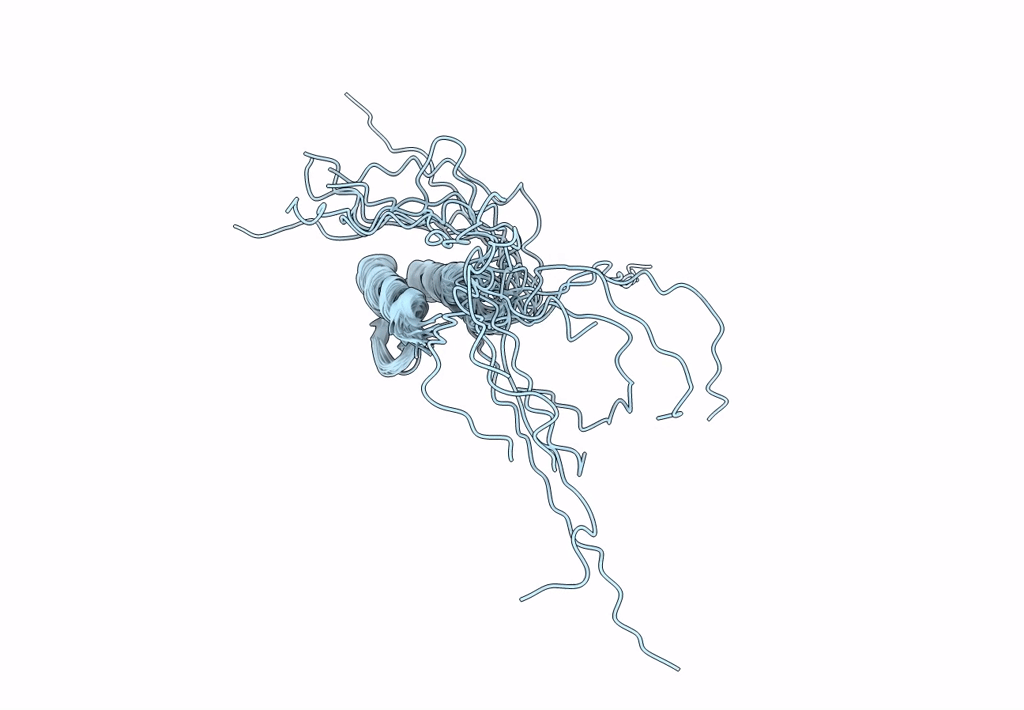
Deposition Date
2022-07-12
Release Date
2022-10-05
Last Version Date
2024-05-15
Entry Detail
PDB ID:
8DOA
Keywords:
Title:
Solution structure of a model HEEH mini-protein (HEEH_TK_rd5_0958)
Biological Source:
Source Organism:
Escherichia coli (Taxon ID: 562)
Host Organism:
Method Details:
Experimental Method:
Conformers Calculated:
100
Conformers Submitted:
20
Selection Criteria:
structures with the lowest energy


